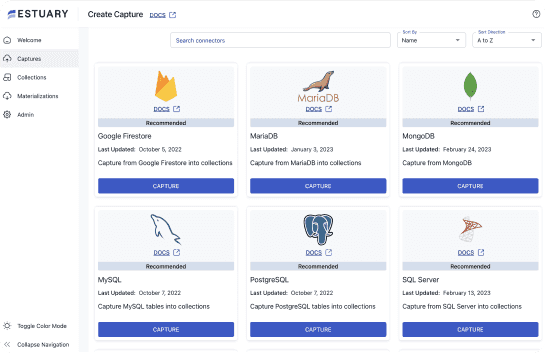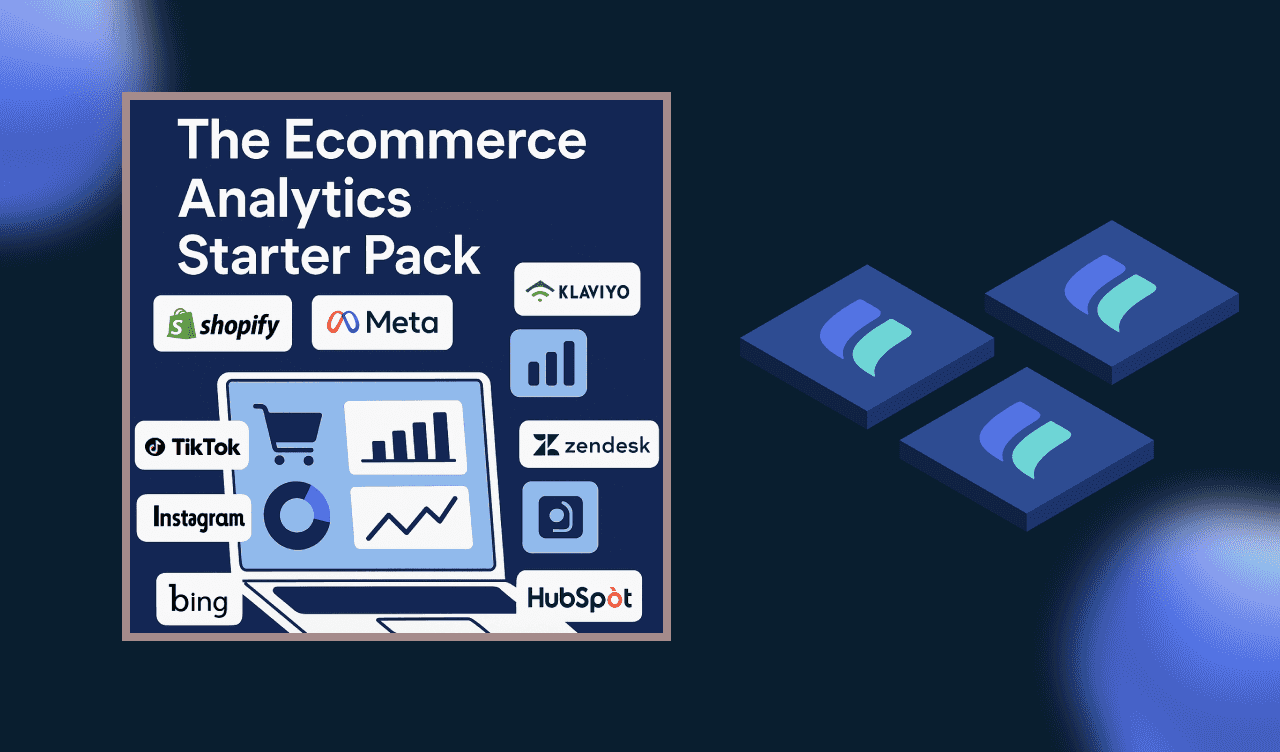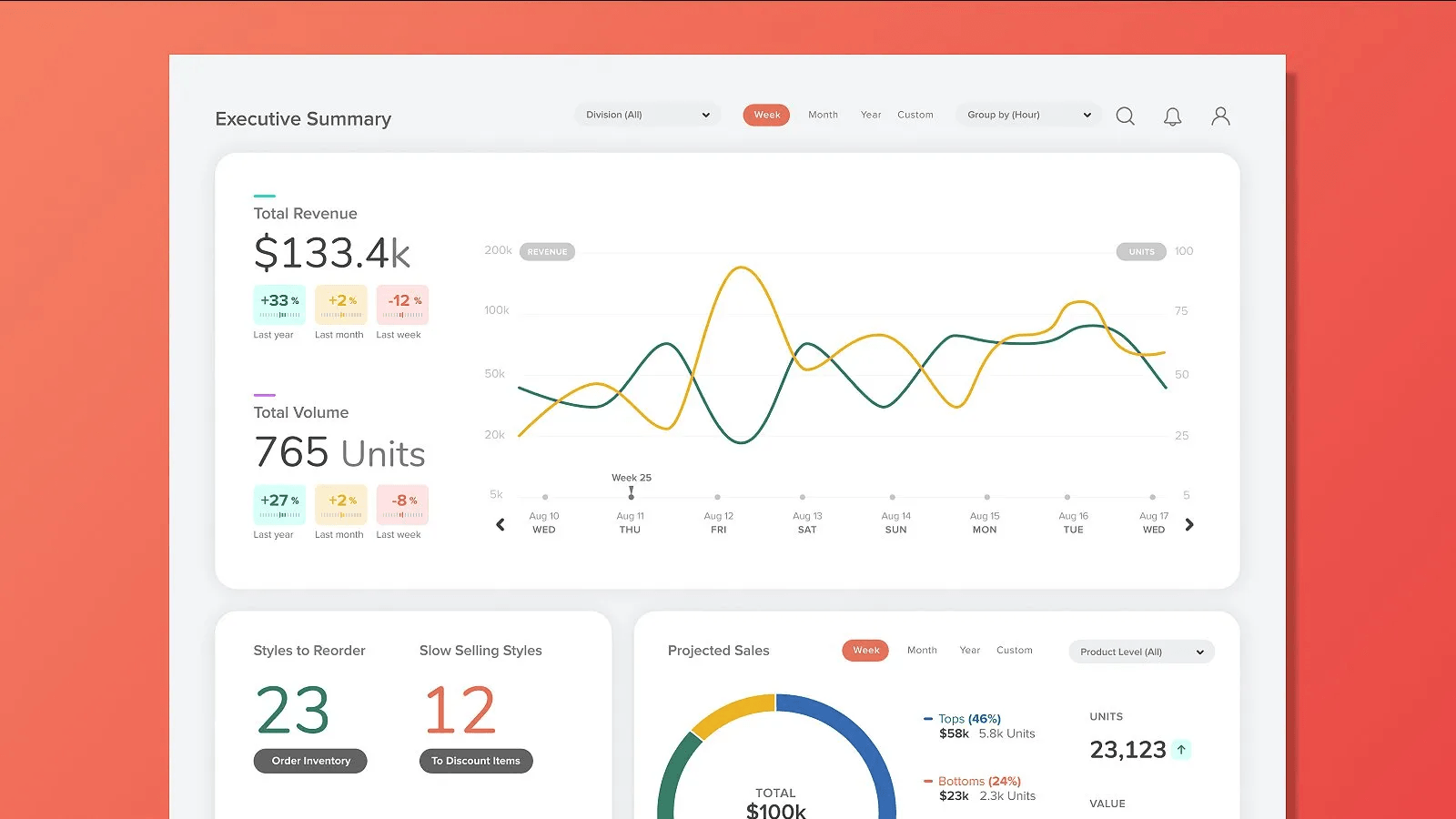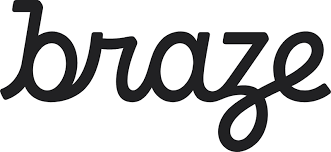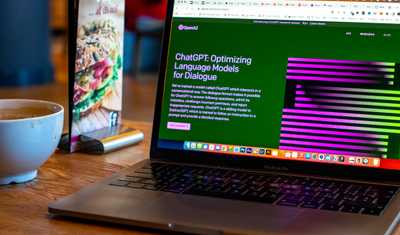
For many e-commerce teams, accessing trustworthy analytics feels like navigating a maze.
Sales data lives in Shopify. Ad performance sits in Meta or TikTok dashboards. Lifecycle campaigns run through Klaviyo or Braze. And customer support? That’s likely buried in Zendesk or HubSpot. As a result, reporting is delayed, attribution models are incomplete, and decision-making often relies on intuition more than insight.
This fragmentation isn’t just inconvenient—it limits growth.
That’s where Estuary Flow comes in. Connecting your e-commerce stack through real-time pipelines enables a unified analytics layer that’s both comprehensive and timely. This means better visibility without the usual complexity for operators, marketers, and analysts.
This blog explores how e-commerce teams can unify fragmented data from tools like Shopify, Meta, and Klaviyo using Estuary Flow to enable real-time analytics, better attribution, and faster decision-making.
Why Unified Ecommerce Analytics Matters
Effective e-commerce strategy depends on understanding the customer journey—from first ad click to repeat purchase. A unified e-commerce analytics foundation makes that possible.
With connected data, you can:
- Measure customer lifetime value (CLTV) accurately
- Attribute sales to the correct campaigns and platforms
- Monitor retention and customer cohorts.
- Evaluate support team impact on customer satisfaction and spend
- Track marketing ROI in real time
When your systems communicate, your decisions become more apparent—and faster.
Key Platforms to Integrate in Your E-commerce Analytics Stack
Here’s a breakdown of the most common tools in modern e-commerce data stacks, and what becomes possible when integrated with Estuary Flow.
Shopify
Your primary sales engine. Shopify provides essential data about customers, orders, and products.
Use cases:
- Real-time sales dashboards
- Product-level performance insights
- Behavioral customer segmentation based on purchase patterns
- Connect Shopify to BigQuery or Snowflake for unified analytics
Meta Ads (Facebook & Instagram)
A core channel for direct-to-consumer brands. Given its share of the marketing budget, it requires precise tracking.
Use cases:
- ROAS (Return on Ad Spend) by campaign
- Spend vs. revenue alignment across audiences and devices.
TikTok Ads
Especially relevant for brands with younger demographics, TikTok offers high engagement—if measured correctly.
Use cases:
- Creative-level performance tracking
- Conversion metrics from views to purchase
Snapchat Ads
It is ideal for targeting niche segments or supplementing other campaigns.
Use cases:
- Story ad analysis
- Attribution insights across platforms
Bing & LinkedIn Ads
While less mainstream, these channels often perform well for specific e-commerce verticals—particularly B2B or older demographics.
Use cases:
- Supplemental attribution data
- Funnel visibility in underutilized ad channels
Lifecycle Marketing Tools
Klaviyo
An industry standard for email and SMS marketing.
Use cases:
- Revenue attribution to email and SMS campaigns
- Correlation between open rates, click-throughs, and purchases
Braze
Designed for advanced cross-channel engagement and automation.
Use cases:
- Triggered campaign effectiveness
- Behavioral analysis at the segment level
Customer Support and CRM Tools
Zendesk
Support interaction data can inform customer value and satisfaction—but only if accessible.
Use cases:
- Average resolution time by product line
- Linking support tickets to churn risk or repeat purchasing
HubSpot
HubSpot is vital in tracking the lead lifecycle as a CRM and marketing automation platform.
Use cases:
- Monitoring the entire path from lead to sale
- Analyzing how automated outreach impacts conversion
Estuary Flow: The Data Infrastructure Behind the Scenes
Estuary Flow connects all the platforms above and dozens of others through real-time streaming pipelines. Its architecture is designed to handle the complexity of modern e-commerce stacks without adding engineering overhead.
Key advantages:
- Live data sync across all key tools
- Unified schemas through Flow’s collection model
- Flexible outputs to your data warehouse, lakehouse, or analytics tools (e.g., BigQuery, Snowflake, Apache Iceberg)
- Declarative setup that supports both streaming and batch ingestion
Whether your team prefers SQL dashboards, BI tools, or custom machine learning models, Flow ensures the data is on time and in the right shape.
What You Can Build With the E-commerce Analytics Starter Pack
A unified stack doesn’t just solve problems; it creates new possibilities.
Pre-built dashboards:
- Daily performance overview (sales, marketing, support)
- Funnel tracking from first touch to final purchase
- Attribution by channel, campaign, or creative
- CLTV and support metrics correlation
Data models:
- Churn prediction models using real-time behavior
- RFM (Recency, Frequency, Monetary) scoring
- Ad creative optimization via live feedback
These insights help ecommerce teams act quickly and with confidence.
Setup in Under 30 Minutes
Estuary Flow is built for speed, not complexity. Without deep technical knowledge, most users can connect their full stack in less than half an hour.
That means marketing teams can build dashboards without filing tickets. Analysts can explore fresh data without delays. And decision-makers can trust that their view of the business reflects reality—not last week’s snapshot.
Final Thoughts: Real-Time E-commerce Insights Without the Chaos
E-commerce moves fast. Your analytics should, too.
Disconnected data leads to slow reporting and missed opportunities. But with Estuary Flow, teams can access real-time, unified insights across their entire customer journey without relying on manual exports or delayed reports.
Ready to move beyond fragmented data?
Register for free and Connect your e-commerce stack with Estuary Flow and start making informed decisions today.

About the author
Dani is a data professional with a rich background in data engineering and real-time data platforms. At Estuary, Daniel focuses on promoting cutting-edge streaming solutions, helping to bridge the gap between technical innovation and developer adoption. With deep expertise in cloud-native and streaming technologies, Dani has successfully supported startups and enterprises in building robust data solutions.

